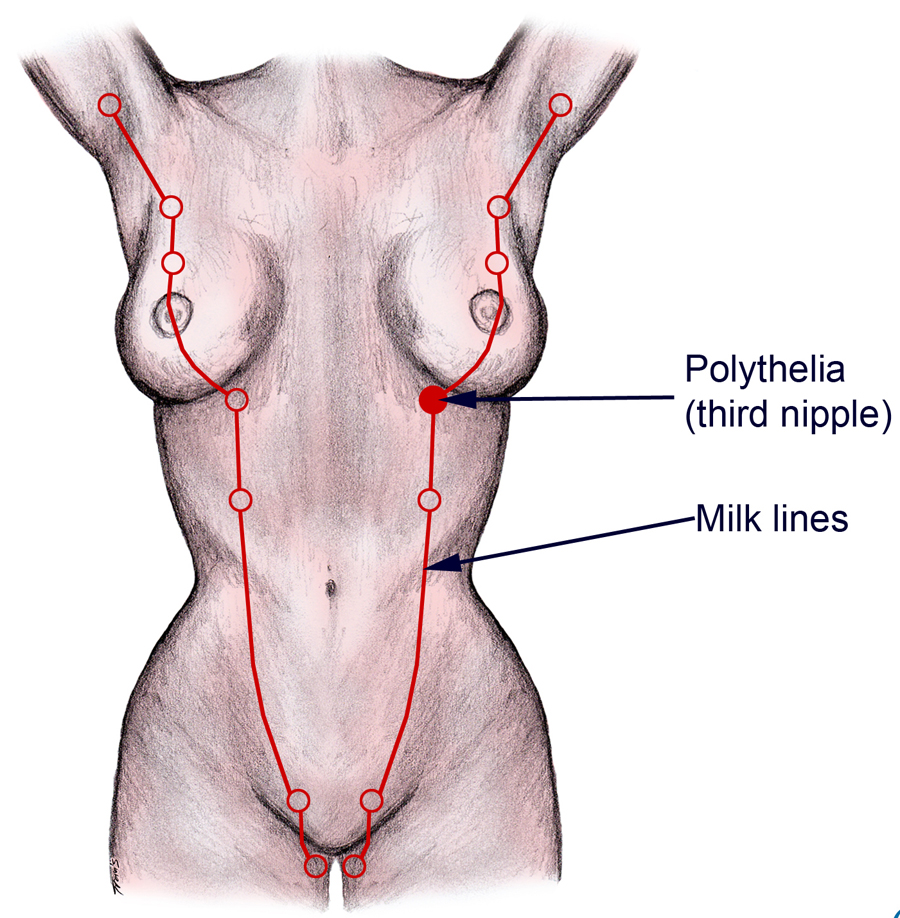Most of the time, breast milk comes from, well, the breast.
However, in one particularly unusual case, an Austrian woman started lactating from her vulva. So why ?

As reported in the journal Obstetrics & Gynecology, this is the case of ectopic cells, i.e. cells or tissue that have somehow found themselves in parts of the body they shouldn’t be. The concept is not restricted to the breast and the vulva – taste cells have been found in the lungs and teeth cells have been found in ovarian tumors.
Mysterious and rare case
In this case, after initially suspecting an abscess, the doctors ordered an ultrasound, which confirmed the presence of lactating breast tissue on the vulva. The ectopic breast tissue was releasing a “milky white” fluid and causing severe pain on the right side.
The woman told doctors she had a similar experience following her first pregnancy but this time, five days after her second, the pain and swelling were more severe. This was because tearing during the childbirth process had necessitated stitches, which were blocking the excretory duct and allowing the milk to build up (galactostasis).
Once those stitches were removed, the swelling (and the pain) dulled. Over two weeks, the symptoms died down and she was able to continue breastfeeding as usual. The doctors have asked her to consider having the tissue removed, in case it becomes cancerous in the future.
So what did go wrong?
Humans – like all other mammals – have something called an embryonic milk line or mammary ridge. When we’re still tiny embryos, this is the area our bodies will form nipples on; in some of us, it’s along this line that we’ll also form mammary glands and breast tissue during puberty.

But here’s the thing: Nipples and breast tissue can actually form anywhere along those milk lines; this is what causes things like third (or more) nipples along the milk lines, or in this case, breast tissue on the vulva.
According to the case study authors, 1 to 5 percent of women are born with ectopic breast tissue, although it is usually found in the armpit region and not the vulva. Sometimes there is even a nipple or areola, in which case it can be diagnosed at birth. Other times, like the woman here, there is no nipple or areola but there are excretory ducts, and it is found during pregnancy or at another time when it becomes a problem.
[Live Science, Science Direct, science]












